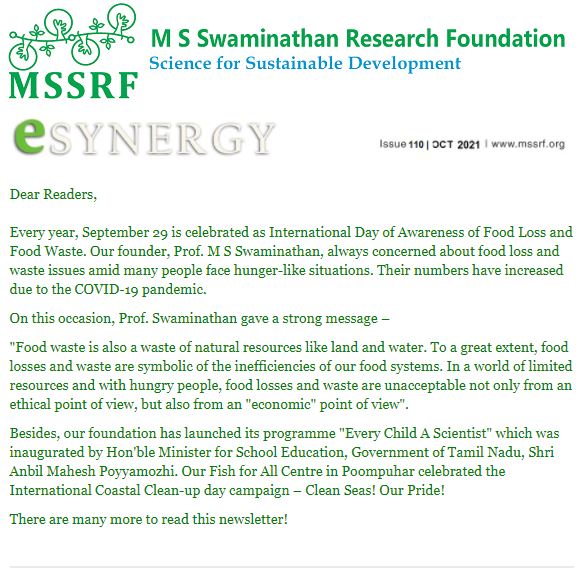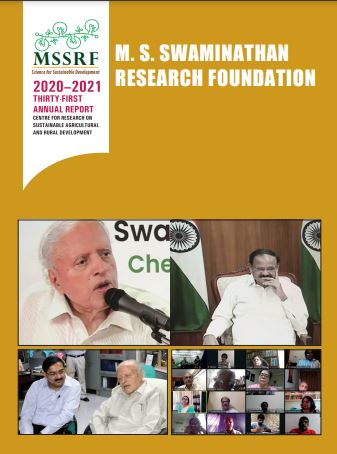COVID-19 is impacting women more than men, say Nitya Rao* and Jayashree Balasubramanian**.
In the thick of the COVID-19 pandemic in April 2020, a group of Santhal tribal women working in the farms of West Bengal undertook a long, dusty walk to their hometowns in neighbouring Jharkhand state in eastern India. The summer heat and the pandemic-induced lockdown made it an arduous journey.
These women traditionally spend a few weeks every season as farm workers, earning cash and a sack of potatoes in return for their labour. Caught unawares by the country-wide lockdown that began on 25 March 2020 rendering them jobless, the women either had to abandon or distress-sell the potatoes to scurry back home.
The ‘aloo jom’ (potato harvest) route is a migration stream women prefer as it gives them some cash and a part payment in potatoes, contributing to the family’s food security1. Men usually work for cash. As the lockdown affected all workers, women were hit harder as they lost their potato payment. Responsible for putting the meal on the table at home, it meant they had to look for alternate sources of food.
Facing job losses, domestic violence
The ‘aloo jom’ is one of the many examples illustrating how pandemics and emergencies impact women and men differently.
According to the International Labour Organization2, women’s jobs have been more impacted than men in both the formal and informal sector. The Population Foundation of India estimates that 70 per cent of women in developing economies work in the informal sector3, most of which shut shop during the lockdown. Surveys conducted between May and July 2020 put job and income losses at more than 50 per cent4 in this sector. As men returned home without cash, many rural women had to turn to government-run schemes such as MGNREGA (Mahatma Gandhi National Rural Employment Guarantee Act) to run their households. Many women reported borrowing money at high rates of interest, often pawning valuable assets including jewellery.
The inability to put food on the table, often deemed a woman’s responsibility, has been reported to be a trigger for violence against women5. The incidence of intimate partner violence, many times over scarcity of food, increased during the pandemic6. Another reported reason for a surge in domestic violence was jobless men staying at home, frustrated at their inability to ‘provide’ for their families.
Heightened work burden, accompanying health risks
Women are primary care-givers, whether in the family or as frontline healthcare workers7, 8. In countries like India, the cadre of government accredited social health activist (ASHA) workers and village nurses are almost entirely women, though this varies across countries for similar care-giving work (60 per cent women cadre in Italy and 70 per cent in Spain). These workers have all been roped into COVID-19 duty. This not only puts women at increased risk of viral infection but also snowballs their regular work load many times over.
Besides, as health systems focus heavily on dealing with the pandemic, women’s access to regular health services has declined. Concerns are mounting around women’s reproductive health, pre- and post-natal care, alongside family planning and the risk to the health and nutrition of unborn babies3. The drop in institutional deliveries, a goal that India was well on its way to achieving, is now a reason for worry. The UNFPA estimates that 48 million women and girls – 4 million of them pregnant – will face the risk of increased vulnerability9. Moreover, it is still unclear how the lack of attention to monitoring and follow-up of infectious diseases and longer-term illnesses like TB will affect women, both directly as patients, but also indirectly as carers.
Finally, in a majority of family units, women are tasked with the everyday responsibility of feeding, nurturing and nursing children, the elderly and other adult members, including men. Performing these tasks has involved going to quarantine centres, markets or hospitals, exposing them to greater risk of infection. With schools and rural child care centres (Anganwadi) closed, children are home-bound, and women as primary caregivers, are spending additional time on unpaid care and domestic work than before the pandemic.
Existing negative social norms only increase the risks women confront. For instance, when women fall ill, they are generally the last to receive attention, putting them at higher risk during a pandemic. The United Nations notes that women are less likely to seek testing or have medical insurance than men10. With reduced household food expenditure, women’s nutrition is also likely to be the worst affected.
Poor gender data on COVID-19
In May 2020, the WHO requested all member states and their partners to collect, report and analyse data on confirmed COVID-19 cases and deaths “disaggregated by sex and age”11.
Currently, only 38 per cent of countries report age and sex aggregated data on those affected by COVID-19 to the WHO. While this is yet to become a norm across countries including India, the UNDP dashboard monitoring country efforts on gender-sensitive measures, however, finds that 50 per cent of India’s measures (13 out of 26) are gender-sensitive. India ranks reasonably high on the gender-sensitive response globally. In fact, while there are gaps, some states like Tamil Nadu are reporting even third gender data.
While globally a higher number of men are affected by COVID-19, a higher rate of Indian women tested are found positive than men12. The patterns are not clear and need more research. Clinical trials need to include both men and women in order to provide in depth knowledge of the impact of drugs on different genders.
The much-hearkened ‘new normal’ seems to be intensifying the existing gender inequalities. Addressing the pandemic at all levels with a gender lens – from gathering data, to identifying solutions and implementing responses – needs to be sensitive to this. Women and girls need to be involved in local, national and regional policy to ensure their representation in decision making.
Pandemic response needs to be gendered.
(*Nitya Rao is at the School of International Development, University of East Anglia, Norwich, UK. **Jayashree Balasubramanian is at the M S Swaminathan Reseach Foundation, Chennai, India.)
Nature India’s latest coverage on the novel coronavirus and COVID-19 pandemic here. More updates on the global crisis here.
References
1. Rana, K & Rao, N. Women’s labour and migration – the case of the Santhals. Econ. Pol.Weekly. 32 (1997) Article
2. ILO Monitor: COVID-19 and the world of work. ILO (2020) Article
3. Policy Brief: The impact of COVID-19 on women. PFI (2020) Article
4. VikasAnvesh Foundation. COVID-19 and hinterland: Rapid survey (2020)
5. Rao, N. The achievement of food and nutrition security in South Asia is deeply gendered. Nat. Food 1, 206–209 (2020) doi: 10.1038/s43016-020-0059-0
6. Impact of COVID-19 on violence against women and girls and service provision: UN Women rapid assessment and findings. UN Women (2020) Report
7. Delivered by women, led by men: A gender and equity analysis of the global health and social workforce. WHO (2019) Report
8. McLaren, H. J. et al. COVID-19 and women’s triple burden: Vignettes from Sri Lanka, Malaysia, Vietnam and Australia. Soc. Sci. 9 (2020) doi: 10.3390/socsci9050087
9. COVID-19: A gender lens. Protecting sexual and reproductive health and rights, and promoting gender equality. UNFPA (2020) Report
10. The impact of COVID-19 on women, UN Secretary General Policy Brief (2020) Report
11. Gender and COVID-19: Advocacy brief. WHO (2020) Report
12. Joe, W. et al. Equal risk, unequal burden? Gender differentials in COVID-19 mortality in India. J. Glob. Health Sci. (2020) doi: 10.35500/jghs.2020.2.e17
First Published on Nature India
https://www.natureasia.com/en/nindia/article/10.1038/nindia.2020.145

